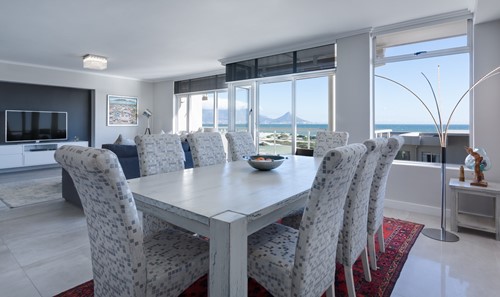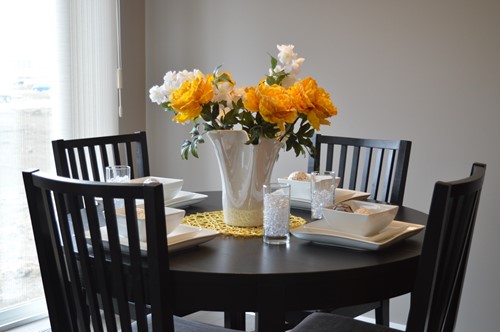
Your dining room should provide a comfortable and pleasant place to enjoy meals and spend time with family and friends. When you’re building a custom home, it’s important to know how to choose the best layout for this room. A poorly designed dining room could cause you to get much less use out of this room over the years. Consider the following tips when you’re deciding on a layout for your dining room.
Consider the Size of the Room
The ideal layout for your dining room depends on its size. You’ll have more layout options when you have a larger dining room, since you’ll have more space to work with. For a smaller dining room, you’ll need to make careful decisions for an optimal layout that provides enough space for a table, chairs and other furniture, along with room to walk around. Depending on how much space you have, you might have room for additional items, such as a sideboard or hutch, which could affect your layout options.
Plan for Space Around Furniture
You don’t want to end up with a dining room that makes it hard for people to sit down at the table, stand up and walk around. While choosing a dining room layout, keep space and foot traffic in mind. Your dining room should provide room around the table and chairs and clear paths to doorways. Keep in mind that you should have a few feet of space between the chairs and walls for people to move around.
Determine Locations for Doorways
Where should you place doors and windows in your dining room? As you work on the layout for this room, try to have doorways placed in an area that people can easily get to. Depending on your floor plan, you might have a doorway on opposite sides of the room to allow people on both sides of the table to get in and out without having any trouble. If your kitchen is next to the dining room, place a doorway between these rooms if possible. This allows you to carry dishes to and from the dining room without having to walk far.
Add Windows for Light
While most dining rooms have a light fixture over the table area, windows are important for providing natural light. Depending on how bright you want your dining room to be, you might put large windows on more than one wall or a moderate-sized window on one wall. Windows take up wall space, which you should keep in mind if you plan to put sideboards, hutches or similar items along walls.
Think About Storage
Dining rooms don’t always have storage, but it can be helpful to include it in your layout. While you don’t have to leave room for a closet in a dining room, include an area of built-in shelving or a built-in cabinet for storage. You can store plates, place settings, utensils and other items in these for easy access when you need to set the table. Make sure you’ll still have enough room around your table and chairs for people to move around if you’re adding storage.

